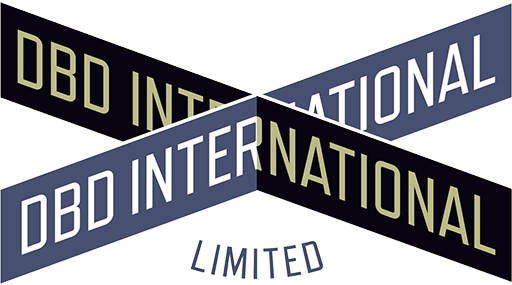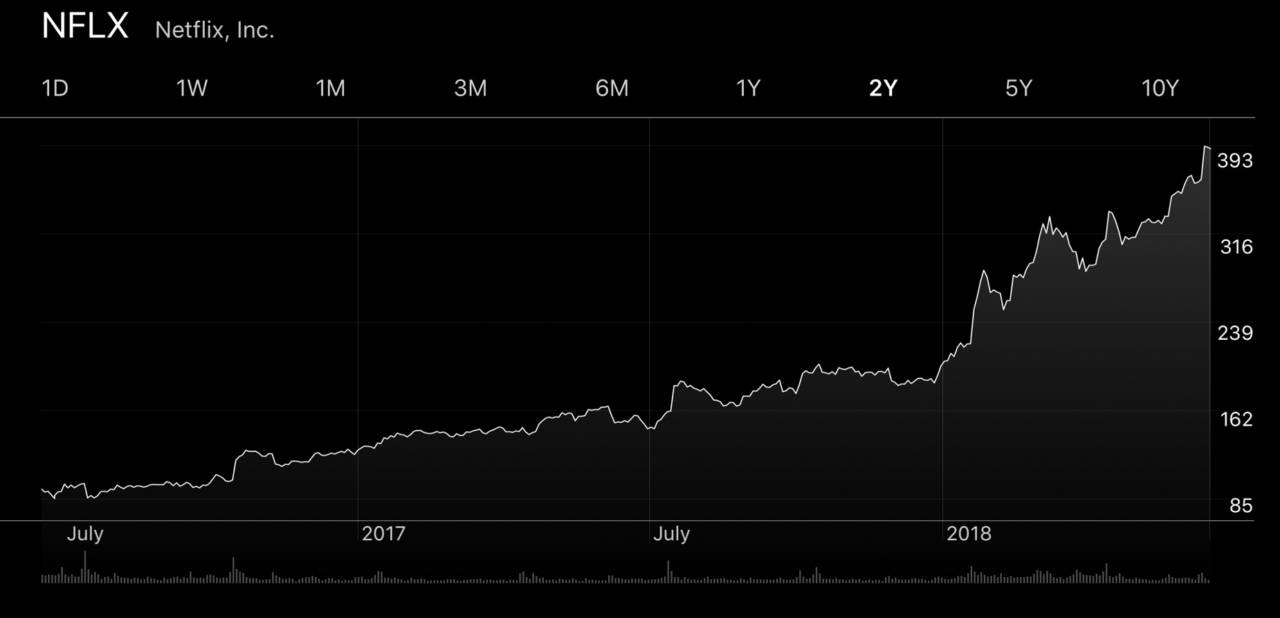Netflix’s growth is the stuff of dreams.
The kind of dreams that are able to be modeled if you pay close attention.
Their strategy is a strategy you can use for your brand quickly, simply and directly. Here’s how.
The Bigger Picture: How Netflix Embraced Cultural Shifts
In 1998, Netflix rolled out its DVD-by-mail service.
Netflix introduced the all-you-can-watch subscription model in 1999.
Since 2007, Netflix offered streaming video.
At this point, all they were was a distribution channel for video content (a vital lesson the now-defunct Blockbuster Video could’ve learned from).
That all changed when Netflix chose to overthrow television’s old business model (breaking news: this began just seven years ago).
It was part of the shift when the Silicon Valley company best known for mailing DVDs in little red envelopes outbid AMC and HBO for the rights to an American remake of the British mini-series House of Cards.
It was the first hint of the bigger picture and Netflix’s aspirations: to evolve beyond a digital warehouse for the intellectual property of others.
After all, Netflix has gone from around 33 million global subscribers before House of Cards premiered to over 125 million today (around 260 million paid subscribers worldwide as of the fourth quarter of 2023).
Fast forward to today: Netflix has locked in roughly 1,000 original titles this year.
From its humble beginnings to today, Netflix now makes more television than any network in history.
It plans to spend (invest) $8 billion on content this year.
Originality is the Golden Goose
The Beatles changed the game when John and Paul decided “we want to record our own original music” (rejecting the current model of the time which was to record other artist’s music and songs).
The App Store began to take off when 3rd party developers gave Apple original apps not found elsewhere, taking full advantage of the new technology and UX factors of the iPhone and Apple’s devices.
The same is true for Amazon producing original content movies and TV programs as well as the very successful Alexa devices and Echo line, going well beyond simply being a seller of other companies’ stuff.
The same is true why Trader Joe’s customers are so loyal. Customers get all these private labeled products that appear to only be available from Trader Joe’s.
And Netflix applied this same principle: produce your own original stuff that gives you a clear distinction from others (and to your customers), many of whom won’t produce something that’s original (or do something in an original way) and valuable to that audience.
The Impact of Originality on Netflix
The company’s move into original content has upended so many norms of the TV business: Netflix doesn’t waste millions making pilot episodes of shows that won’t ever air; nearly every project it buys is purchased with the intention of going straight to series.
A recent evaluation put its value over Disney, making it the most-valued media company in the world.
It’s changed the way we watched TV since they drop full seasons of shows all at once, rather than doling out episodes week-to-week, which has been the ritual since I Love Lucy, creating “binge-watching” as a cultural phenomenon. They made us binge-watch because they binge-released.
This use of originality and knowing its role in its brand is vital if you wish to succeed today.
- Be original.
- Do “ordinary things” in a unique and original way. Challenge convention.
- Do everything possible to make your offering unique and valuable.
- Make the lives of your customer easier, less stressful and more rewarding, by just doing business with you.
I cover more of this in my book, Brand Intervention, which you owe to yourself to own and read if you’re responsible for a brand in any way at all.
Here’s to laying your golden goose.
If you don’t have the skills to step far enough away from your brand “to see the forest from the trees,” then we should talk. Seriously.



